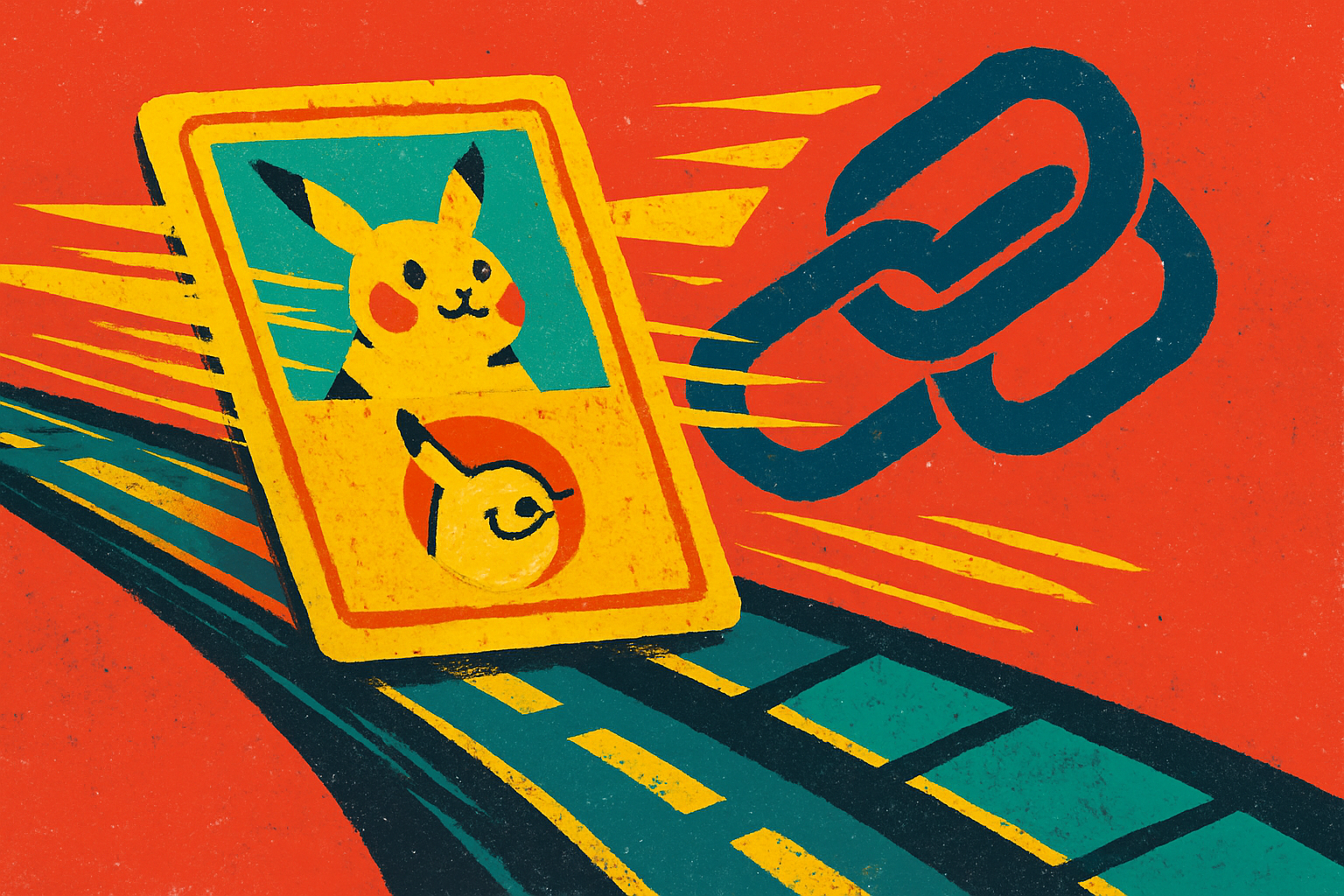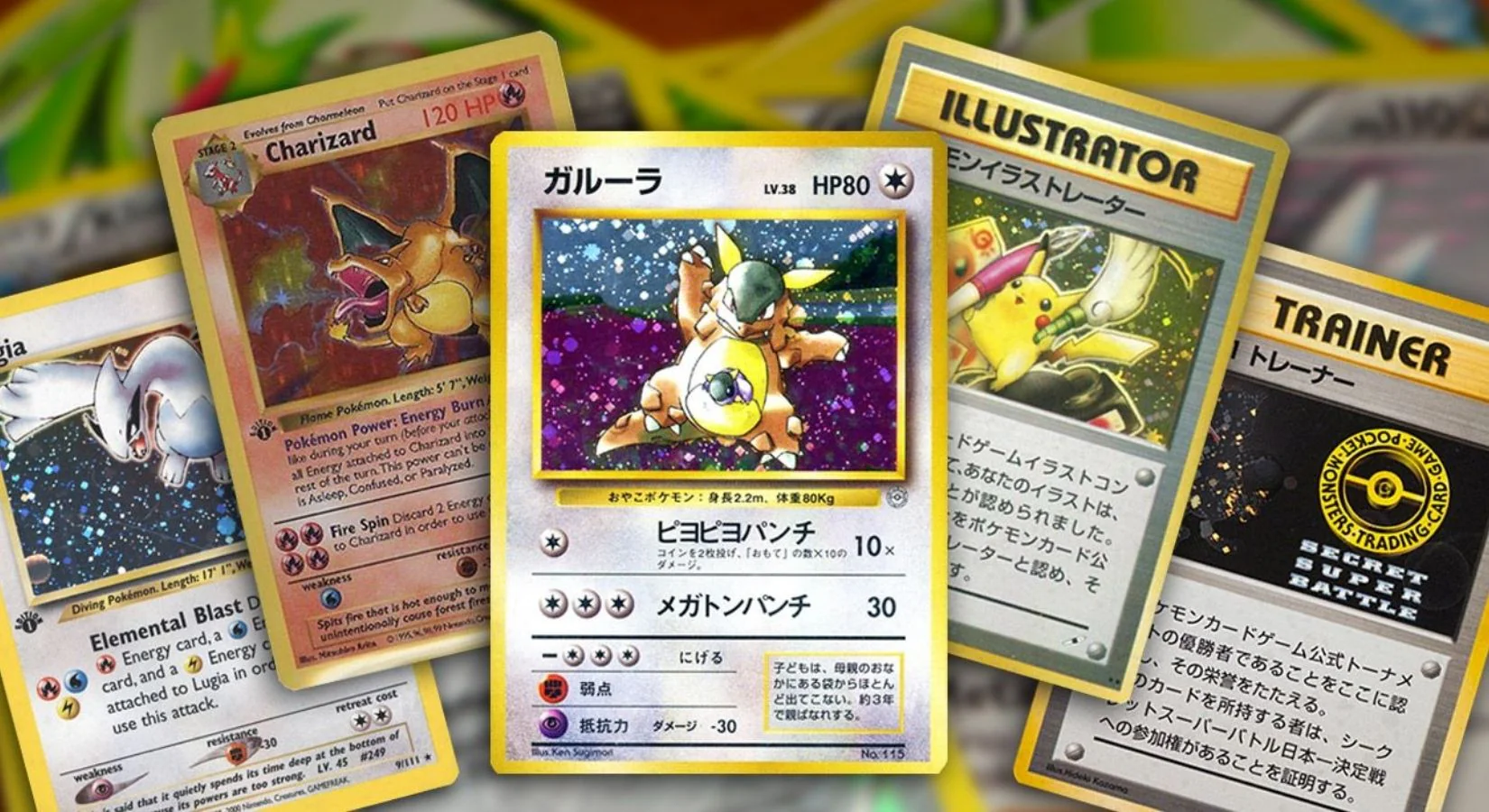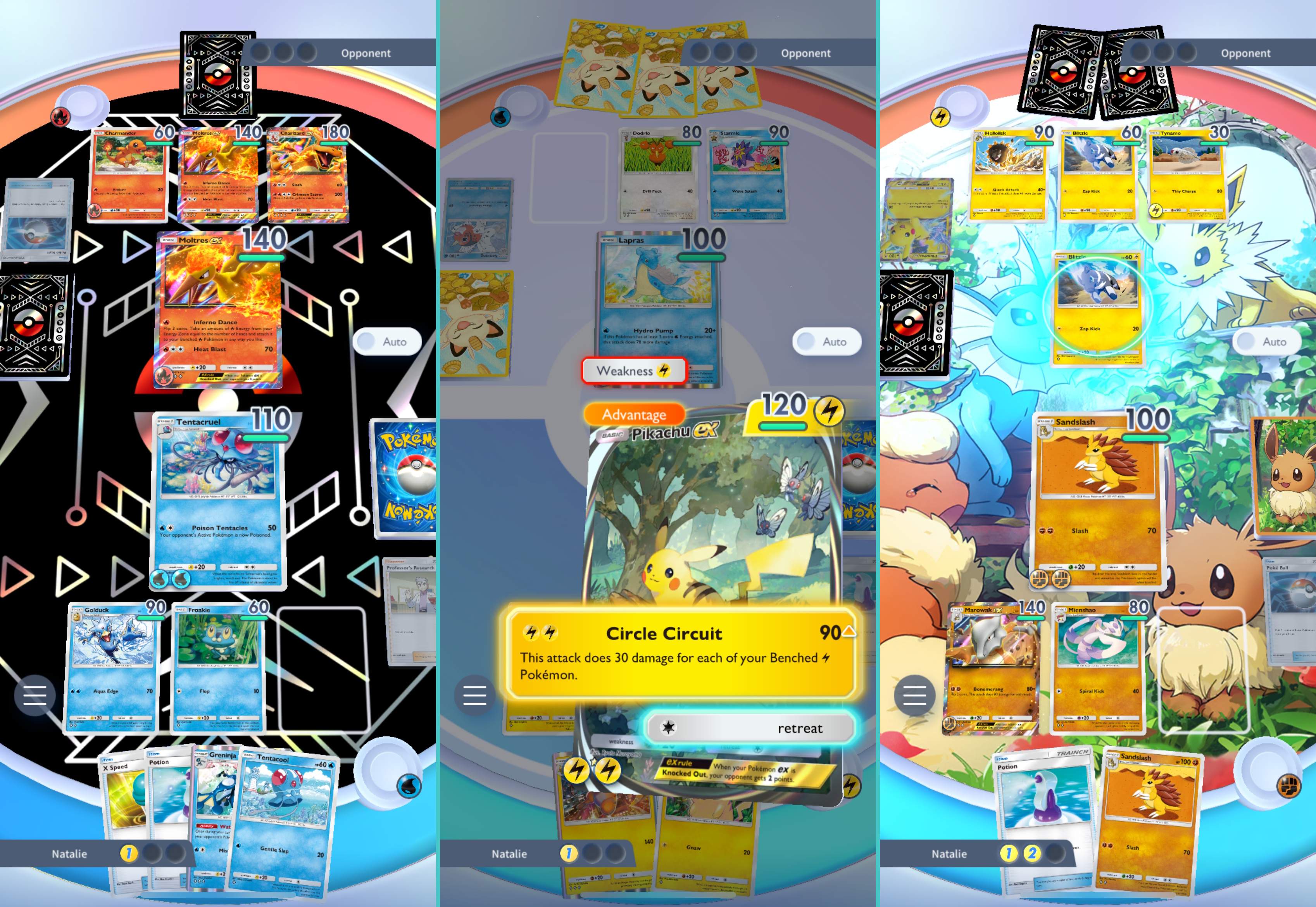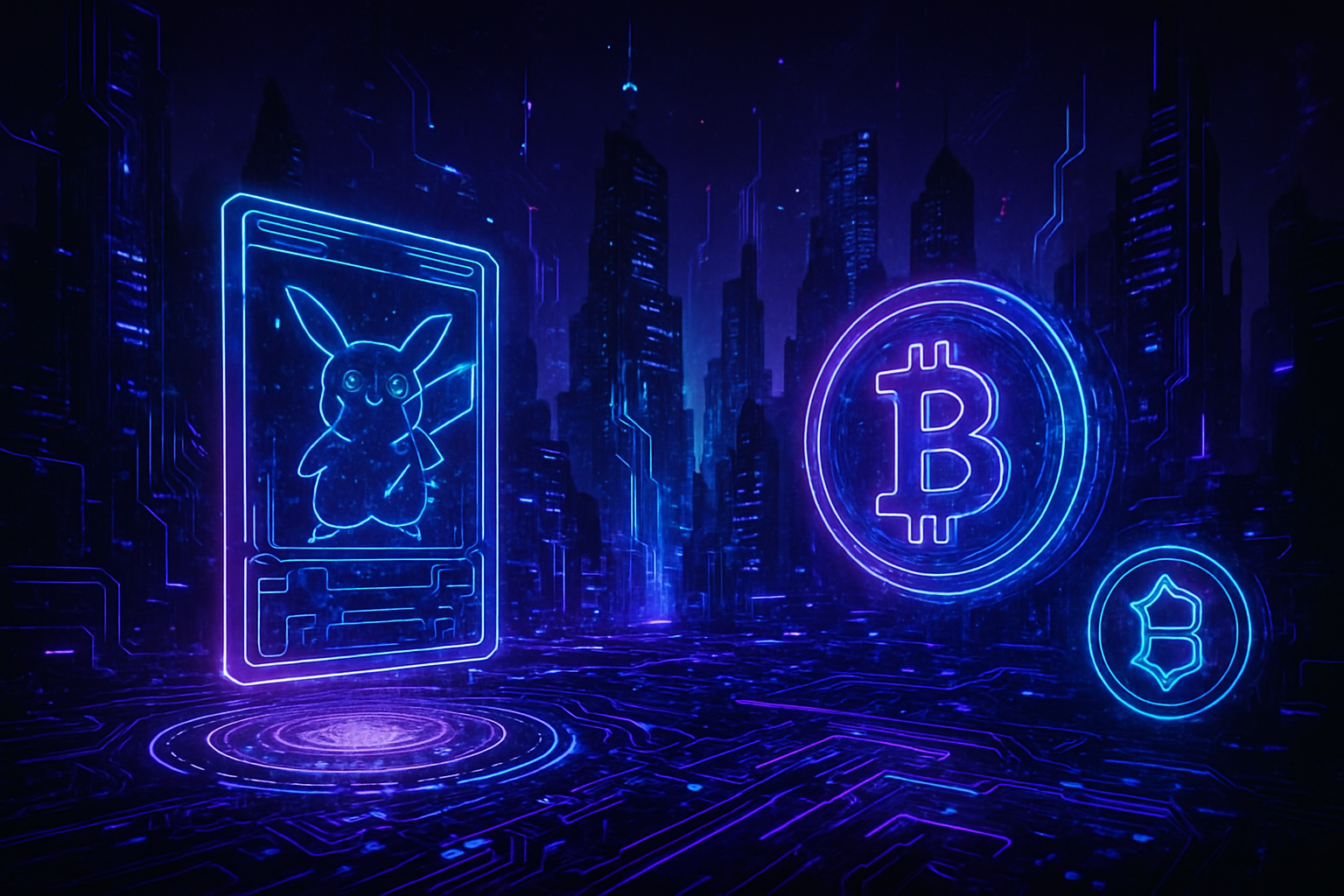
The world of Pokémon card investing is undergoing a seismic transformation, thanks to the integration of Real-World Asset (RWA) collectibles with blockchain technology. No longer limited to local card shops or online marketplaces, collectors can now buy, sell, and trade tokenized Pokémon cards as on-chain assets, unlocking unprecedented liquidity and global accessibility. This evolution is not just a passing trend, it’s rapidly establishing Pokémon cards as a new class of crypto-backed blue-chip collectibles.

How Tokenized Pokémon Cards Work: From Vault to Blockchain
At the core of this transformation is the process of tokenization. Leading platforms like Collector Crypt and others are pioneering a secure method: physical Pokémon cards are first authenticated and graded, then stored in specialized vaults. Each card is linked to a unique NFT, minted on chains like Solana, ensuring that every digital asset is 1: 1 backed by a real-world collectible. This tamper-proof connection is the backbone of trust in the RWA ecosystem, making it possible for collectors to confidently trade high-value cards without ever worrying about shipping, counterfeits, or loss.
This model is more than just theoretical. In August 2025, transaction volume for tokenized Pokémon cards on Solana soared to $124.5 million, outpacing other tokenized assets and signaling robust demand for these digital collectibles. The combination of instant settlement, global reach, and verifiable authenticity is redefining what it means to invest in trading cards. For a deeper dive into the mechanics of tokenization and the platforms leading this charge, check out our analysis on how tokenized Pokémon cards are changing the RWA landscape.
Gacha Mechanics: Gamifying On-Chain Collecting
The excitement doesn’t stop at secure ownership. One of the most innovative developments in this space is the introduction of gacha-style mechanics. Inspired by Japanese capsule toy vending machines, these digital packs allow users to purchase randomized sets of tokenized cards. The thrill of potentially pulling an ultra-rare NFT has proven irresistible, driving millions in weekly sales and making on-chain collecting more engaging than ever. This gamified experience is attracting both seasoned collectors and crypto-native investors, blending nostalgia with cutting-edge tech.
The gacha model also democratizes access to high-value cards, giving every participant a shot at securing rare assets that might otherwise be out of reach. As the line between gaming, collecting, and investing continues to blur, tokenized Pokémon cards are at the epicenter of this cultural shift.
Buyback Guarantees and Market Liquidity
One of the most common concerns in any collectibles market is liquidity, how easily can you cash out if you need to? RWA collectible platforms have addressed this head-on with buyback guarantees. Collectors can sell their NFT-backed Pokémon cards back to the platform at 85, 90% of current market value, providing reliable exit options and maintaining dynamic price discovery. This approach not only stabilizes the ecosystem but also encourages more participants to enter the market without fear of being stuck with illiquid assets.
The rise of buyback programs has set a new standard for transparency and trust in the RWA space, further bridging traditional collecting with modern financial infrastructure. For an in-depth look at how these mechanisms are reshaping liquidity in on-chain collectibles, see our feature on the changing RWA collectibles market.
As these innovations gain traction, the ecosystem around Pokémon cards crypto continues to evolve. Platforms are introducing advanced analytics, real-time price tracking, and even fractional ownership, letting collectors diversify across multiple high-value cards without needing to buy a whole asset. This not only opens the door for smaller investors but also increases overall market participation, driving up both liquidity and price discovery.
On-Chain Transparency: Building Trust for the Next Generation of Collectors
Transparency is a cornerstone of the on-chain collectibles movement. Every transaction, from initial minting to secondary sales, is immutably recorded on the blockchain. This verifiable trail eliminates the risk of fraud and forgeries that have long plagued traditional trading card markets. Buyers can instantly confirm a card’s provenance, condition, and ownership history before making a purchase. For collectors who have been burned by counterfeits or uncertain grading, this level of clarity is a game changer.
Moreover, the integration of yield on Pokémon cards is beginning to emerge as a new frontier. Some platforms are piloting staking or lending programs, allowing holders of NFT Pokémon cards to earn passive income or leverage their collections for liquidity. While these features are still in their infancy, they hint at a future where trading cards function not just as collectibles, but as productive financial assets within the broader DeFi ecosystem.
What’s Next for Trading Card RWAs?
The success of tokenized Pokémon cards has set the stage for a broader wave of trading card RWAs. Magic: The Gathering, Yu-Gi-Oh!, and even sports cards are beginning to see similar on-chain models, each benefiting from the same principles of secure storage, NFT-backed ownership, and instant global trading. As more collectors and investors recognize the advantages of blockchain Pokémon cards, the market is poised for continued growth and innovation.
In August 2025, the $124.5 million transaction volume for tokenized Pokémon cards on Solana was more than just a milestone, it was a signal to the entire collectibles industry that on-chain RWAs are here to stay. With new platforms, creative mechanics, and robust secondary markets emerging, the landscape for collectible investing will only become more dynamic and accessible.
Whether you’re a lifelong fan, a crypto enthusiast, or an investor searching for the next big asset class, the fusion of RWAs with blockchain technology offers a transparent, secure, and engaging way to participate in the Pokémon card revolution. To learn more about how to tokenize your own cards and get started, check out our step-by-step guide for collectors.




